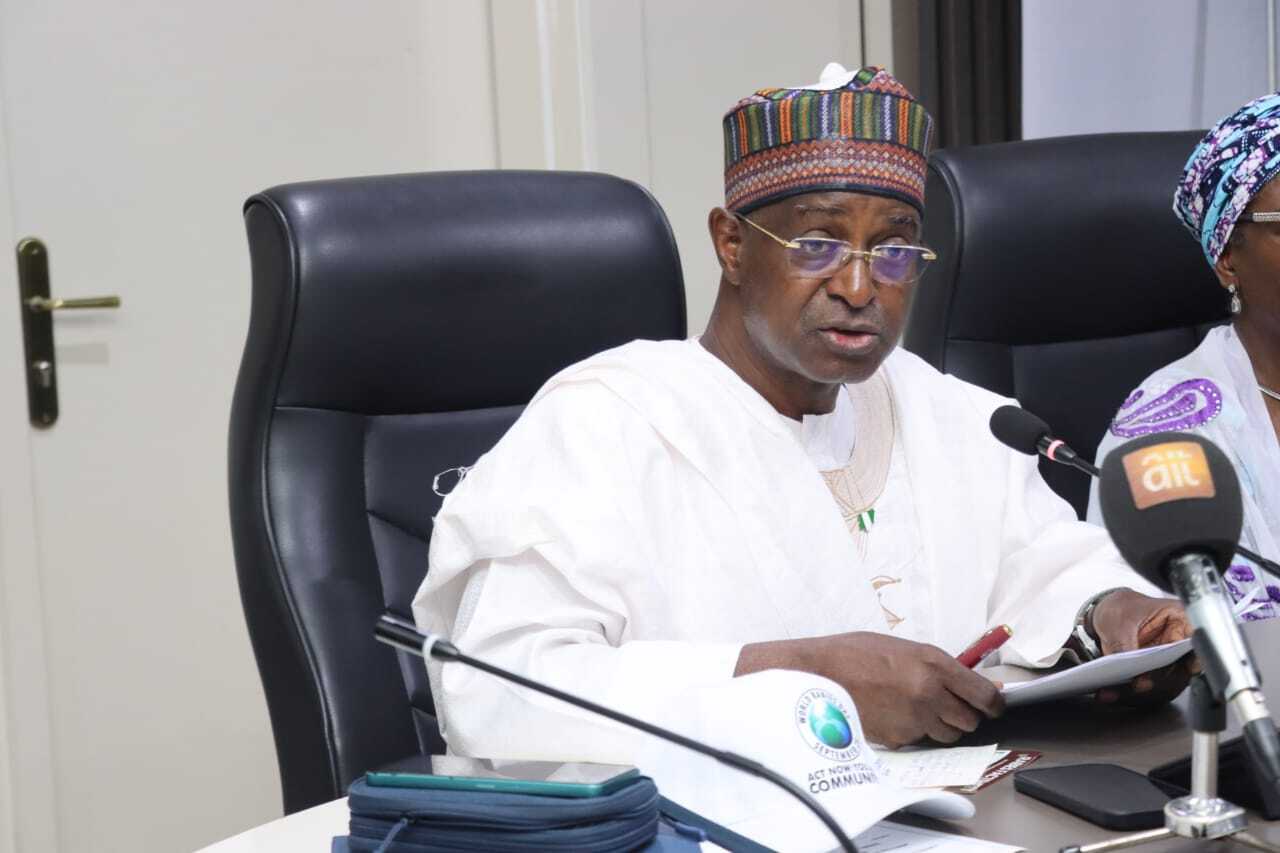Conflicts, insecurity and political tensions have been identified as key drivers of price movements in West Africa. This, experts say, have continued to disrupt agriculture, trade, and food assistance activities, resulting in higher food prices.
This disclosure was contained in the monthly Food Security Monitor, highlighting shifting food security dynamics across East, Southern, and West Africa. While parts of West Africa, particularly Nigeria, saw improvements in food availability owing to policy interventions and increased imports, regions such as South Sudan and Uganda experienced worsening food insecurity, driven by ongoing conflict, displacement, and funding cuts.
The monthly Food Security Monitor, produced with support from the UK Government’s Foreign, Commonwealth & Development Office (FCDO) through the Africa Food Trade & Resilience Programme, is a critical tool for stakeholders across the African agricultural landscape.
The report equips policymakers, practitioners, and the wider communities with insights to navigate challenges, prioritise interventions, and ultimately build a more food-secure future for all.
It also identified poor macroeconomic conditions, driven by high inflation rates, local currency depreciations and elevated fuel prices as part of the factors pushing food prices upwards in some West African countries, adding that seasonal changes in food supply, including the early onset of the lean season in most countries in West Africa, are putting upward pressure on food prices.
While illustrating the maize price distribution in United States dollars across three West African countries – Ghana, Togo, and Nigeria – the report revealed that Nigeria recorded the lowest price at $319 per Metric Tonne (MT), down from $347/MT.
“In contrast, Togo recorded the highest price at $521/MT, up from $495/MT. The decrease in maize prices in Nigeria both USD and local currency reflects a sustained downward trend, with prices dropping by 4.15 per cent, 21.95 per cent, and 30.55 per cent over the past one, three and six months, respectively.
“Similarly, in Togo, the price of maize in local currency has remained relatively stable or experienced marginal increases ranging between (0-5%) in the past one to six months. However, current prices in some markets, such as Amegnran, are still up to 18 per cent higher than they were a year ago.
The overall increase in cereal prices is driven by several factors, including currency depreciation, rising transportation costs, reduced cereal production, and market disruptions caused by regional conflicts.
The report showed that the price of rice spread in US dollar across six West African markets, all of which recorded month-on-month price increases, largely driven by currency depreciation. It noted that despite a cereal export ban, Ghana recorded the highest rice price at $1,012/MT, up from $948/MT in March 2025, adding that Nigeria posted the lowest price at $715/MT, rising from $658/MT over the same period.
“In local currency terms, rice prices across most selected West African markets have generally remained stable, declined or recorded low to moderate increases over the past one to six months. Generally, the current rice price level remains low to moderately higher than those observed a year ago, except in Fada Ngouma and Kongoussi in Burkina Faso, where prices are higher by 19 per cent and 20 per cent, respectively compared to the same period last year.
“Inflationary pressures, coupled with rising fuel and electricity costs, continue to intensify the financial burden on households. Additionally, violence in key food-producing regions has severely disrupted supply chains, further straining food availability and affordability.”
The report stressed that in the region, planting is ramping up under generally favourable conditions, although some areas face localised rainfall deficits. “In Nigeria, the ongoing conflict in the northern region continues to disrupt agricultural operations. The Nigerian Meteorological Agency forecasts average to above-average rainfall this season, but potential delays in its onset in parts of central and northern Nigeria could pose challenges for planting.
“Meanwhile, second-season rice harvesting has concluded in Mali, while Southwestern Ghana is experiencing a slight precipitation shortfall, and Southwestern Côte d’Ivoire is facing a moderate to severe rainfall deficit. Despite these localised challenges, agro-climatic conditions remain conducive to continued cropping activities throughout the region.”






